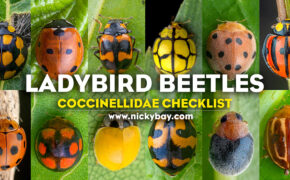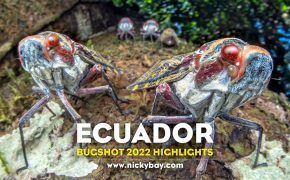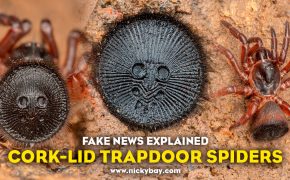Back-lighting is not a conventional way to light up subjects in nature and especially in macro photography, because it is inherently difficult to carry or manipulate the lights around a tiny subject which might disappear at any point of time. But then again, that’s also what makes successful shots unique. Note that back-lighting does not work well with many subjects – I personally only attempt back-lighting on subjects with bodies that allow light to pass through, or with an elaborate outline, such as abundance of hair. On this night, a rare subject presented the perfect opportunity to practise back-lighting!
Owlfly larva (Ascalaphidae)
Owlfly larva with a bristle-like outline and thin, slightly translucent body seems to be perfect to put my flash behind.
Leaf Insect (Phyllium sp.)
The leaf insect has a thin wafer-like body, allowing light to pass through easily.
Forest Leaf Grasshopper (Systella rafflesi)
The forest leaf grasshopper is another good example of a thin translucent body with intricate leaf-like veins that can be highlighted with back-lighting.
Caterpillar
A large caterpillar’s lengthy hairs can be highlighted with a flash behind
Whip Scorpion (Thelyphonida)
Not a typical subject for back-lighting, but the Whip Scorpion has a really interesting tail/whip that shows up differently with light from behind.
Water Measurer (Hydrometridae)
Back light on a water measurer, not too impressive.
Banded Flower Mantis (Theopropus elegans)
A banded flower mantis lighted from a different angle, creates a bit of a silhouette and an interesting feel to the photo.
The Dead Leaf Mantis (Deroplatys sp.)
The Dead Leaf Mantis has shoulder “wings” which might show up like an X-ray by shining a light through it.
Spotted Tree Frog (Nyctixalus pictus)
A spotted tree frog at this position allowed me to try to “see through” it.
Tarantula (Phlogiellus sp.)
One of my favorites, a tarantula running about on a tree trunk with back-lighting causing the hairy exterior to stand out prominently.
Caterpillars
Another bunch of hairy caterpillars, lots of hair means a good opportunity!
Eight Spotted Crab Spider (Platythomisus octomaculatus)
In this photo of the eight spotted crab spider, back-lighting causes a different view on the leaf rather than the actual subject.
Owlfly larva (Ascalaphidae)
How the owlfly larva looked in the leaf litter. Much less significant and well camouflaged.
Owlfly larva (Ascalaphidae)
Look at the eyes and mandibles… woahhh…
Net-Casting Spider (Deinopis sp.)
Simple shot of a Net-Casting Spider, not so simple after all as it is almost always facing down.
Leaf chafer beetles (Scarabaeidae)
Pair of beetles busy working hard for the next generation
Mangrove Longhorn Beetle (Aeolesthes holosericeus)
The common Mangrove Longhorn Beetle
Mangrove Longhorn Beetle (Aeolesthes holosericeus)
Always an easy subject for face shots!
Orb Web Spider (Eriovixia pseudocentrodes)
A common Orb Web Spider
Orb Web Spider (Eriovixia pseudocentrodes)
The elongated abdomen is pretty typical for this species.
Big-Jawed Spider (Tetragnatha sp.)
Big-Jawed Spider busily running up and down its web to harvest prey.
Orb Web Spider (Araneidae)
Male Orb Web Spider, usually presented as a tiny speck on leaves
Grasshoppers (Caelifera)
Many grasshoppers, big and small resting on the leaves on a wet night.
Flatid Planthopper (Flatidae)
Very common Flatid Planthopper
Ground Spider (Zodariidae)
Ground Spider with a captured ant
Katydid (Asiophlugis temasek)
The bug-eyed Katydid
Checkered Beetle (Cleridae)
Haven’t seen this Checkered Beetle in quite a while!
Checkered Beetle (Cleridae)
Some actually mistake this to be a tiger beetle.
Checkered Beetle (Cleridae)
Lots of details on the eyes and face of the Checkered Beetle
Weevil (Curculionidae)
The usually shy looking Weevil
Huntsman Spider (Heteropoda sp.)
Here’s one of the smallest Huntsman Spiders carrying her egg sac. It measures only 1cm including legs wide spread.
Huntsman Spider (Heteropoda sp.)
Top view of the Huntsman Spider, egg sac not too easily visible to the naked eye.
Flower Mantis nymph (Hymenopodidae)
Thanks to Chris, we got to shoot this very shy Flower Mantis nymph
Flower Mantis nymph (Hymenopodidae)
At times, it might pose for us.
Flower Mantis nymph (Hymenopodidae)
Most of the time, it had the back facing us. We called it “du shen”, referencing to an old God of Gamblers movie where the main character often had his back to the camera.
Flower Mantis nymph (Hymenopodidae)
It had a very curious look despite being so shy
Flower Mantis nymph (Hymenopodidae)
Rare moment facing the camera!!!
Moths
Lots of moths attracted to our lights
Nursery Web Spider (Pisauridae)
The Nursery Web Spider is quite common here, but frequently mistaken as a lynx spider.
Huntsman Spider (Thelcticopis sp.)
Huntsman Spider. For the record, this used to be under Clubionidae.
Velvet Ant (Mutillidae)
Beautiful velvet ant, also known as the “Cow Killer” for the extremely painful sting.
Velvet Ant (Mutillidae)
Bright colours to warn you perhaps?
Stick Insects (Phasmatodea)
Lovely pair of mating Stick Insects, looked dull at first glance but they are really quite cute!
Snail (Gastropoda)
Interesting looking snail dangling from a leaf
Snail (Gastropoda)
@.@
Wandering Spider (Ctenidae)
Small little Wandering Spider running about on the leaf litter
One of the spiny looking Harvestman (Opiliones)
One of the spiny looking Harvestman
One of the spiny looking Harvestman (Opiliones)
Behold, it fluoresces under ultraviolet light!
Huntsman spider (Heteropoda sp.)
Some called this the unicorn for the tuft of hair in front.
Bark scorpion babies (Lychas scutilus)
Baby scorpions! Lots of fat ones!
Bark scorpion (Lychas scutilus)
And here’s the proud mother!
Bark scorpion (Lychas scutilus)
Her babies literally climbing over her head.
Huntsman Spider (Gnathopalystes sp.)
Huntsman spider freshly squeezed from its moult.
Huntsman Spider (Gnathopalystes sp.)
This was very high up, had to raise my camera way above my head to get this shot.
Huntsman Spider (Gnathopalystes sp.)
Spinning crazily on its silk, so it allowed me to get a ventral view.
Caterpillar
Beautiful caterpillar with “wings”. Possibly a hawkmoth larva?
Caterpillar
Clearer view of the tail
Jumping spider (Portia sp.)
Looks like a Portia, but no tufts of hair to mimic detritus on the body.
Jumping spider (Portia sp.)
Side view
Jumping spider (Portia sp.)
Dorsal view, first required view for identification of most invertebrates.
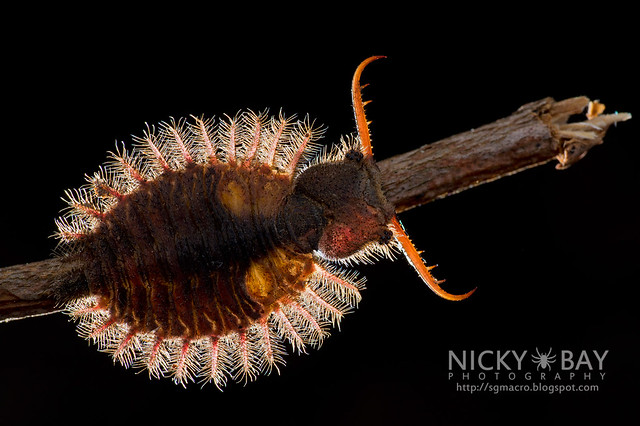
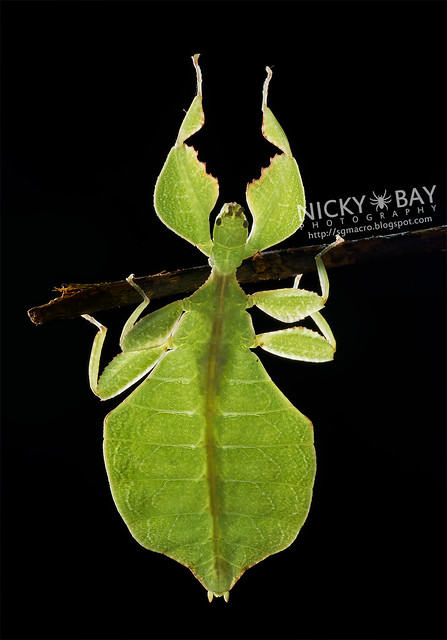
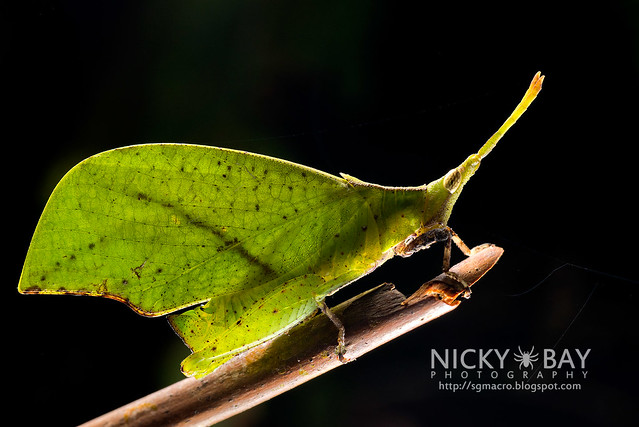
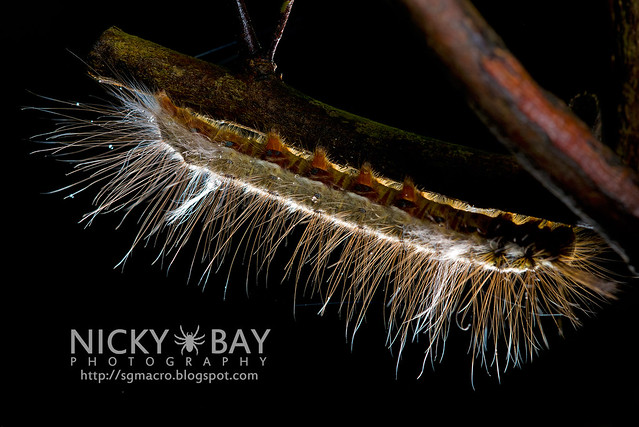
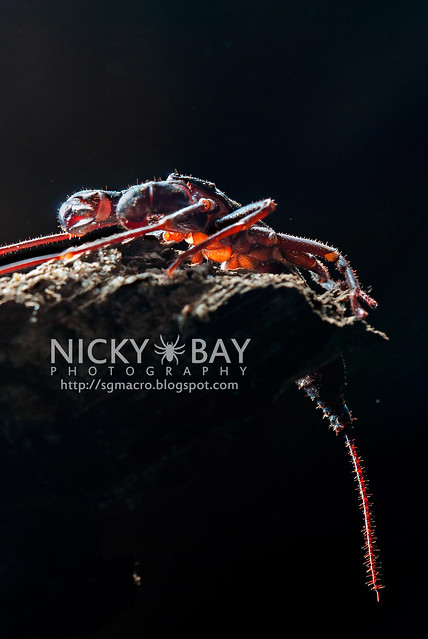
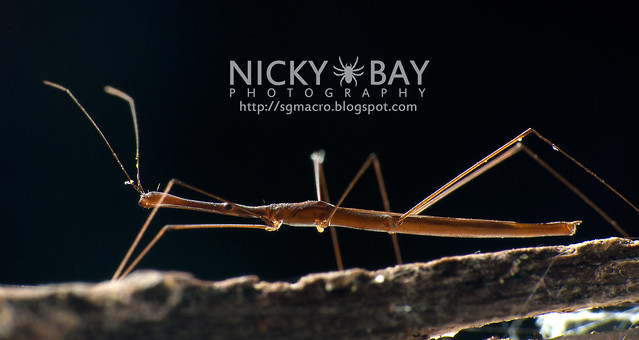
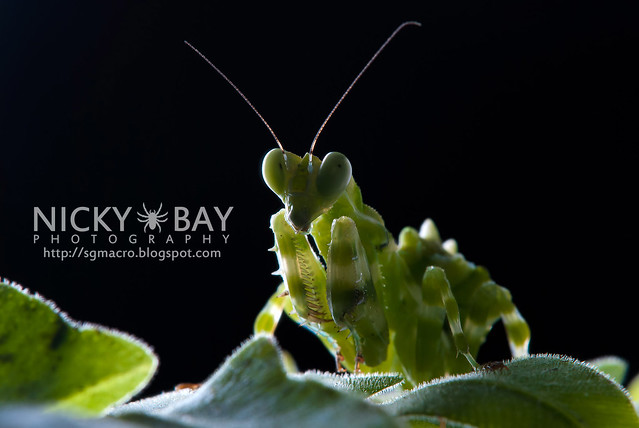
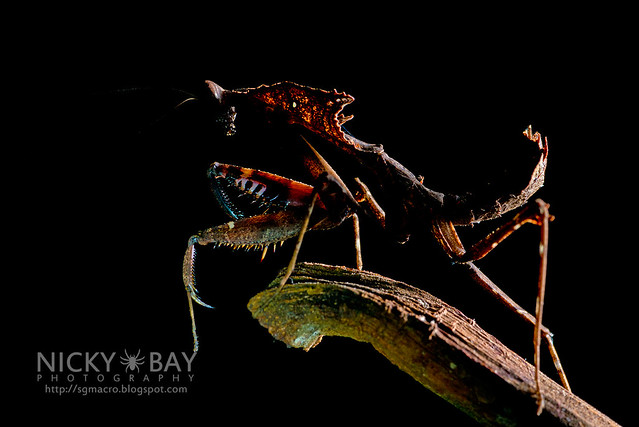
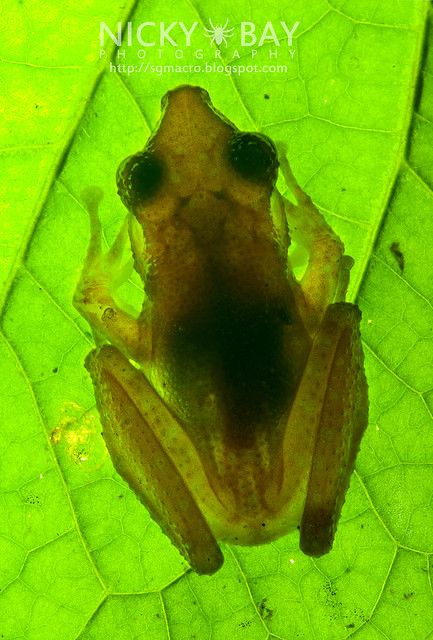
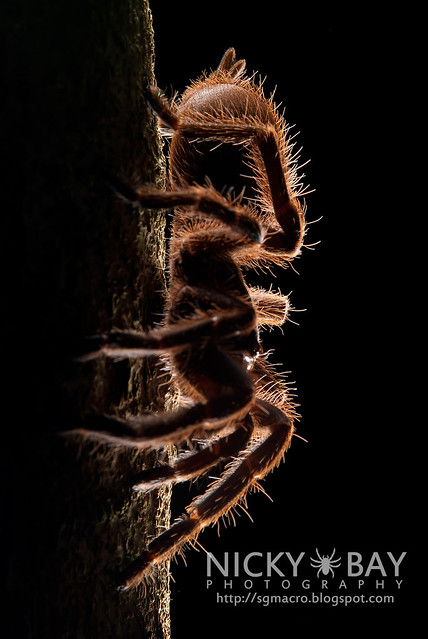
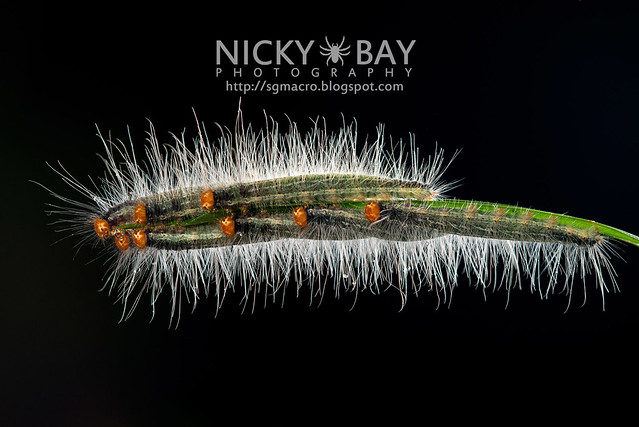
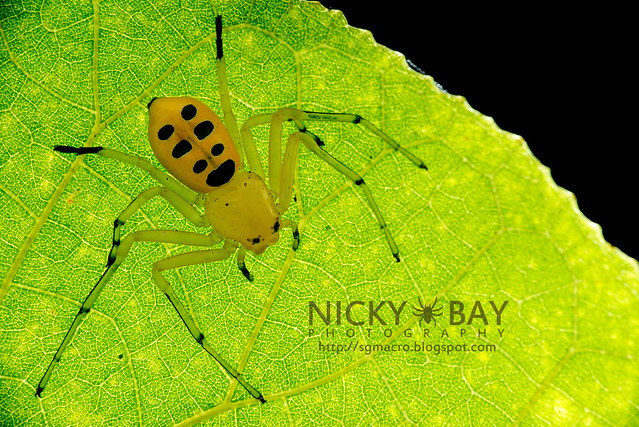
As with every blog post, here are the other interesting finds for the night. Many exotic looking finds too!
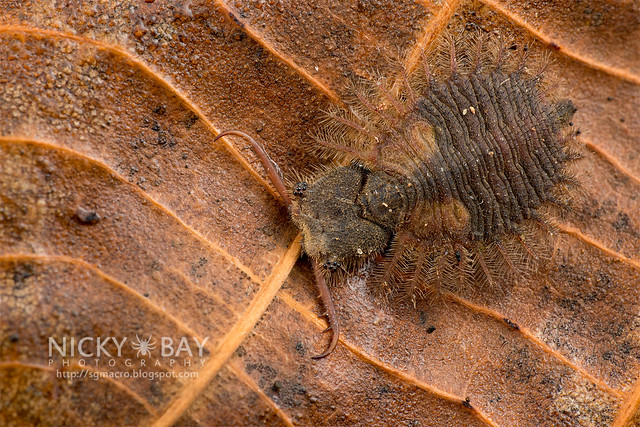
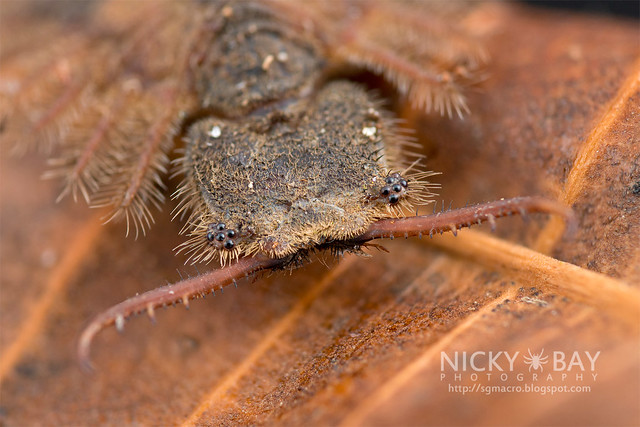
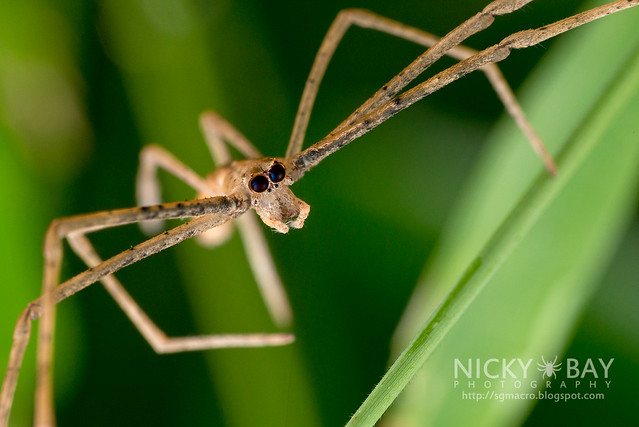
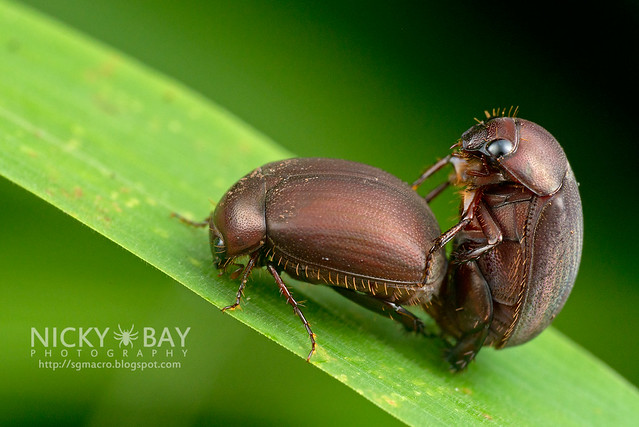
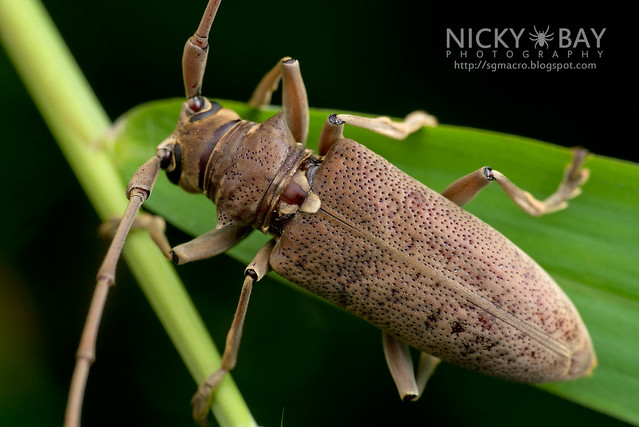

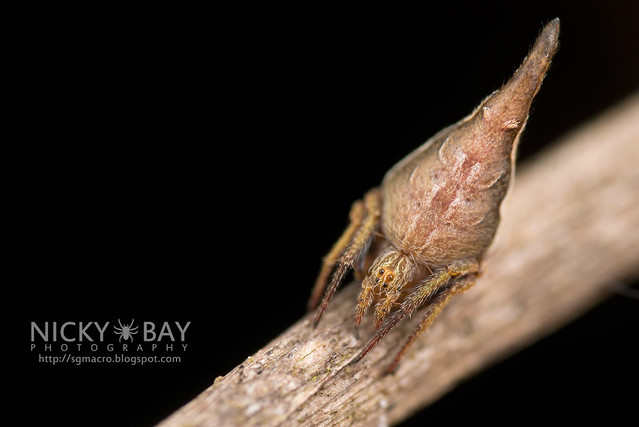
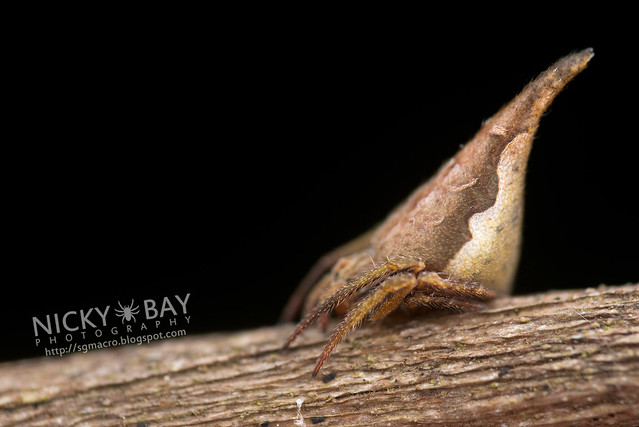
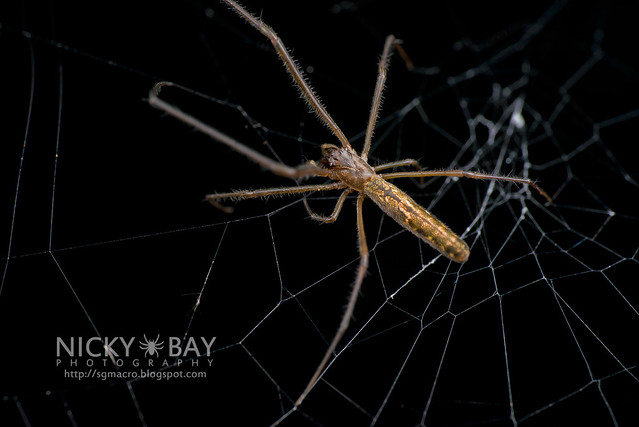
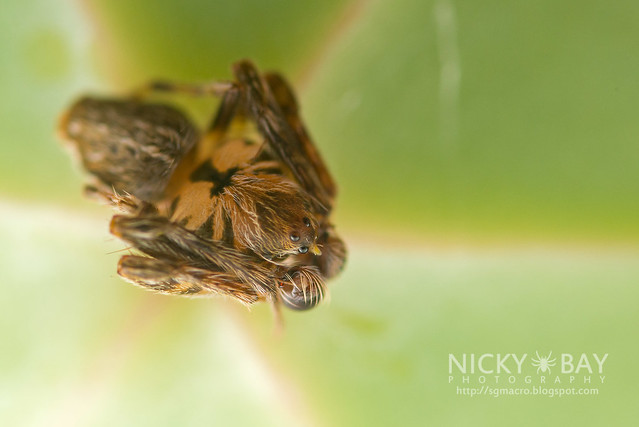
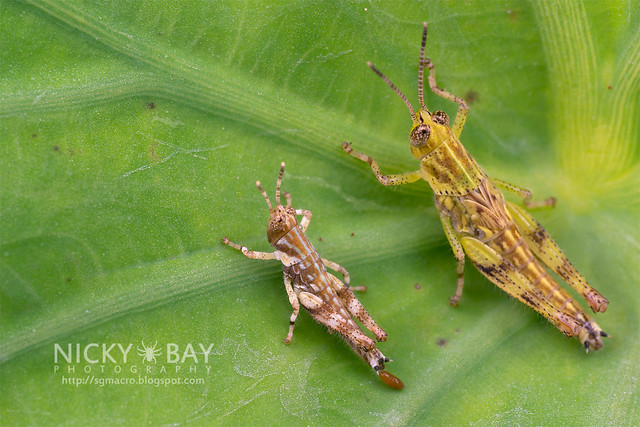
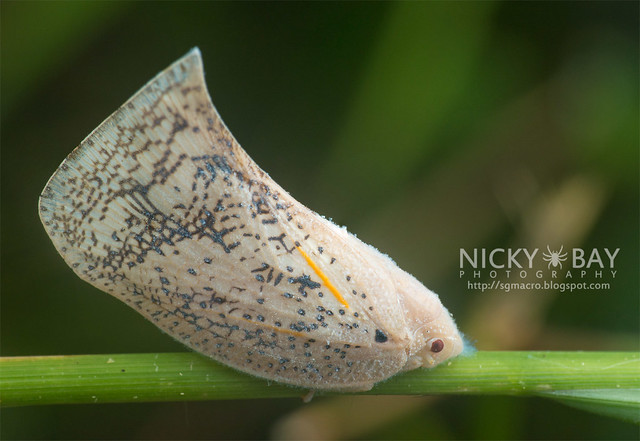

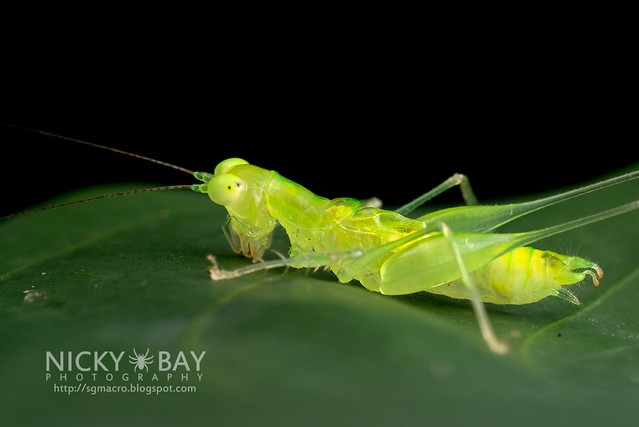
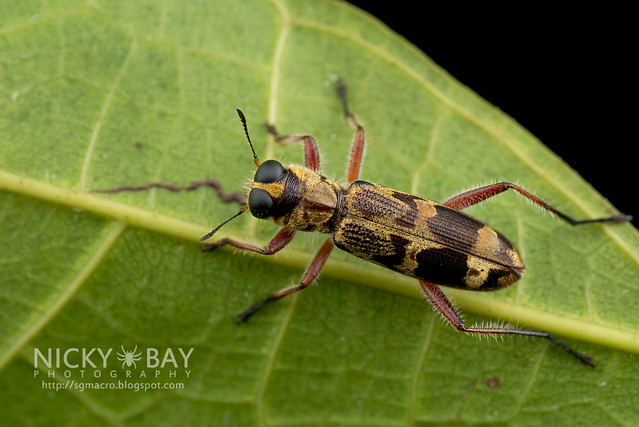
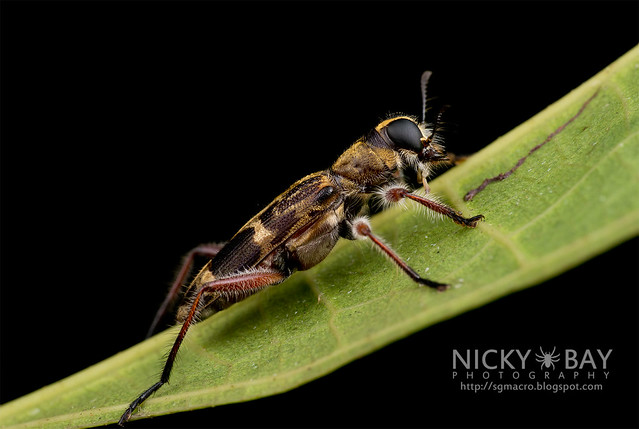
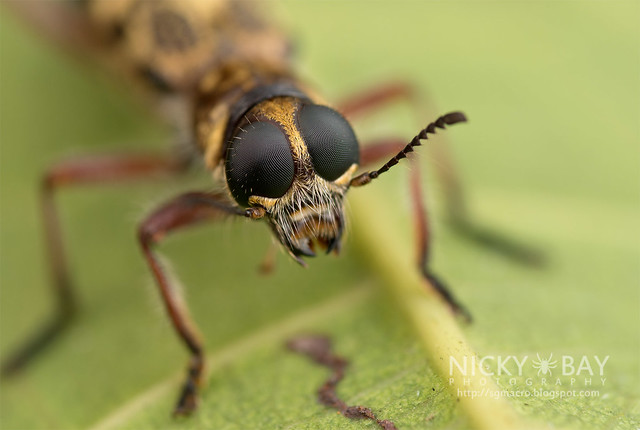
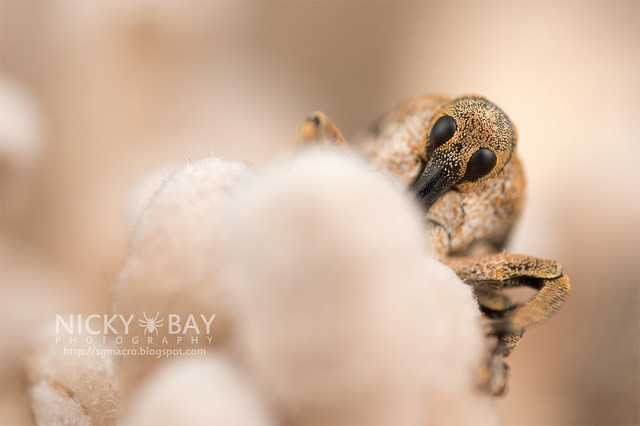

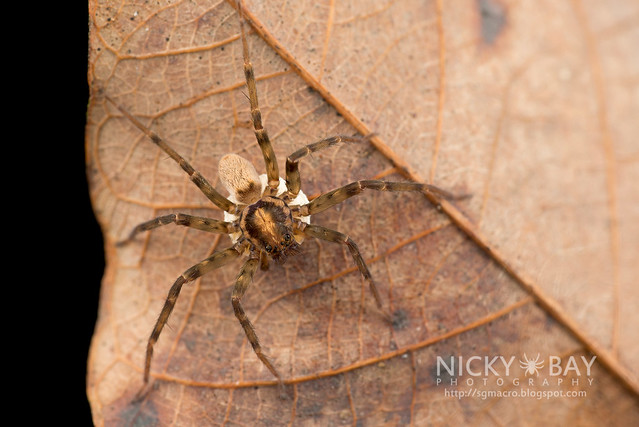
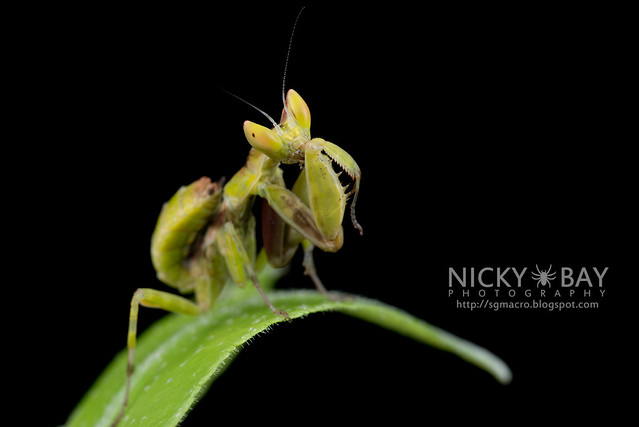
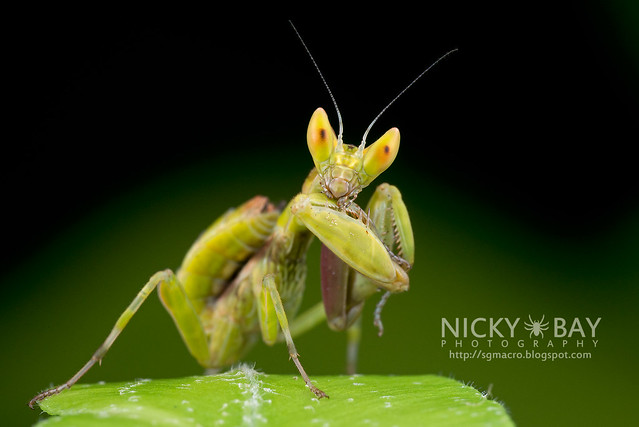
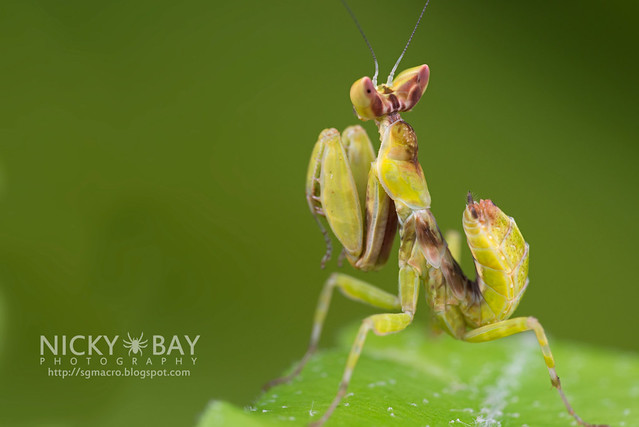

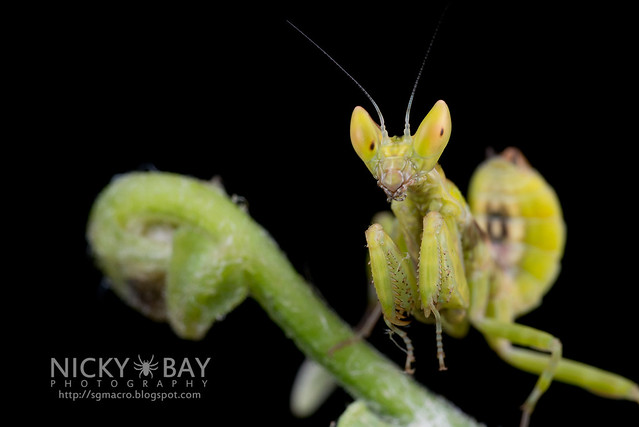

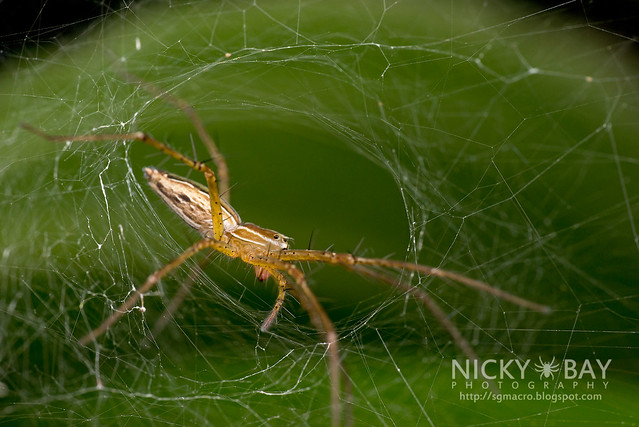
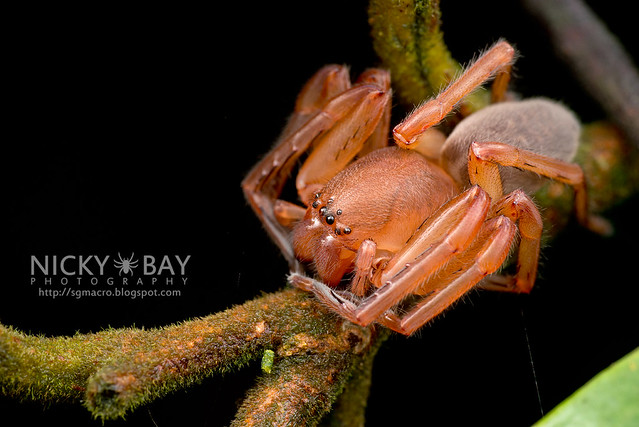
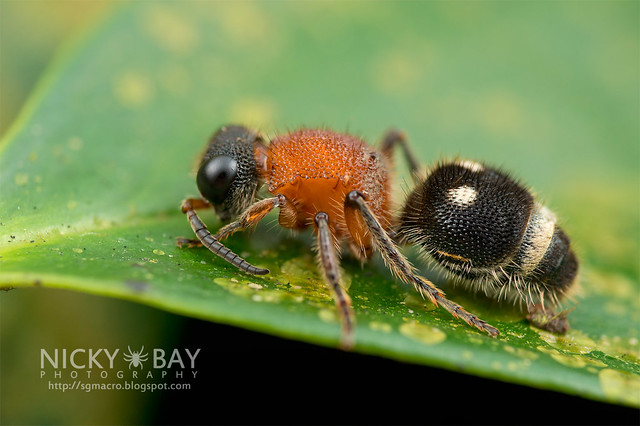
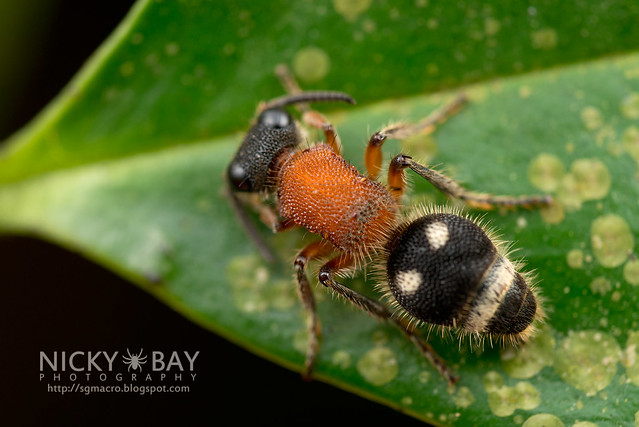
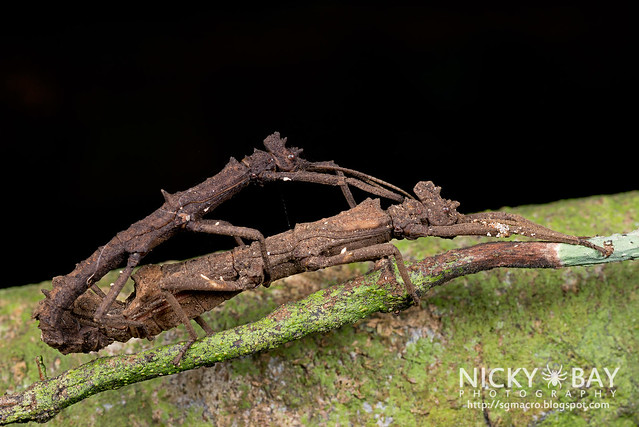
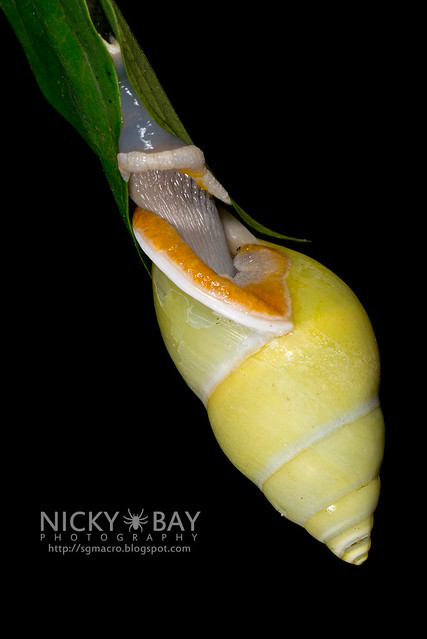
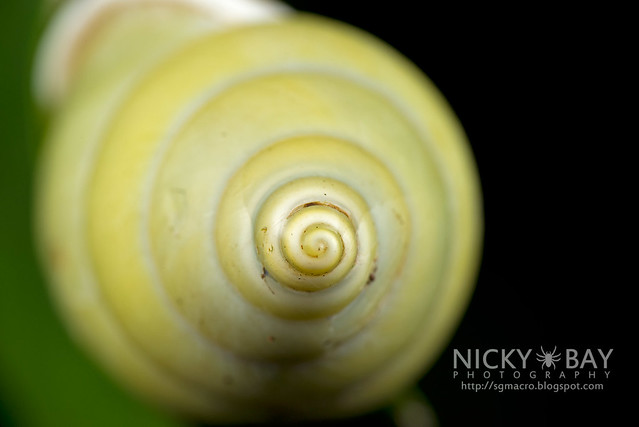

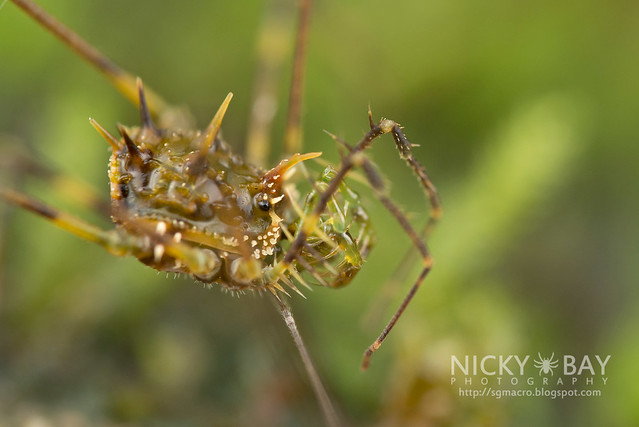


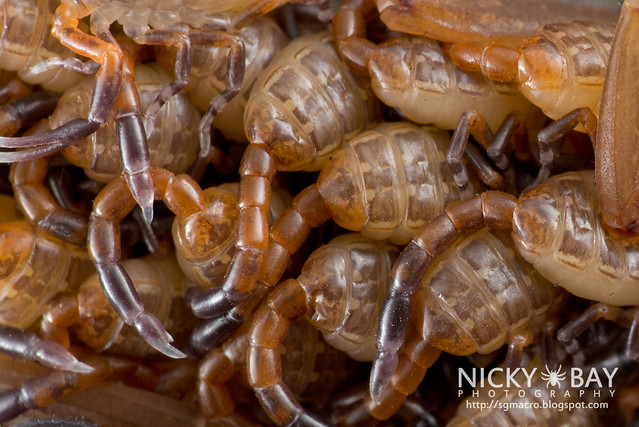

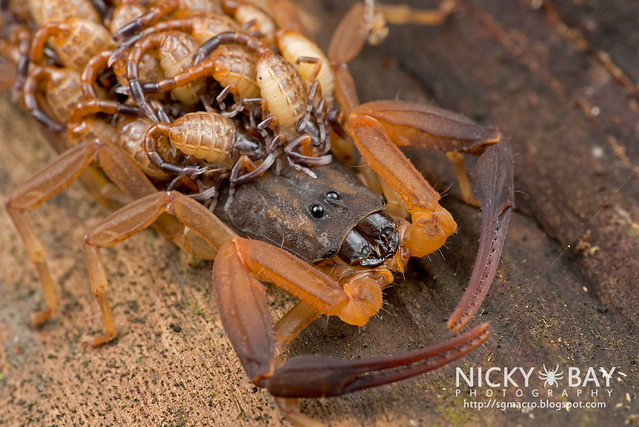
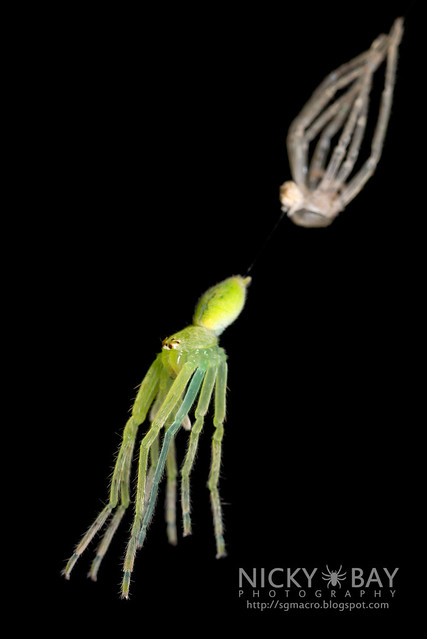
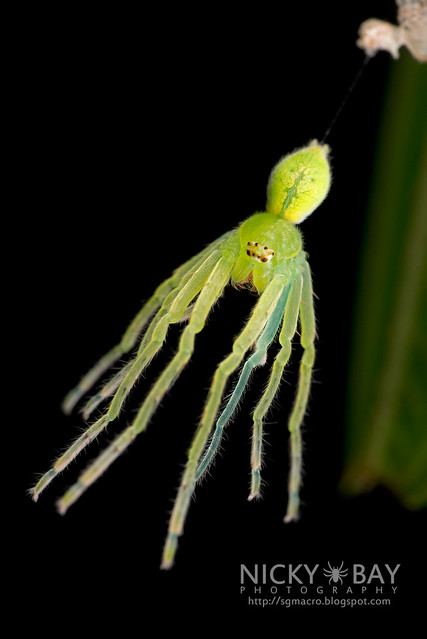
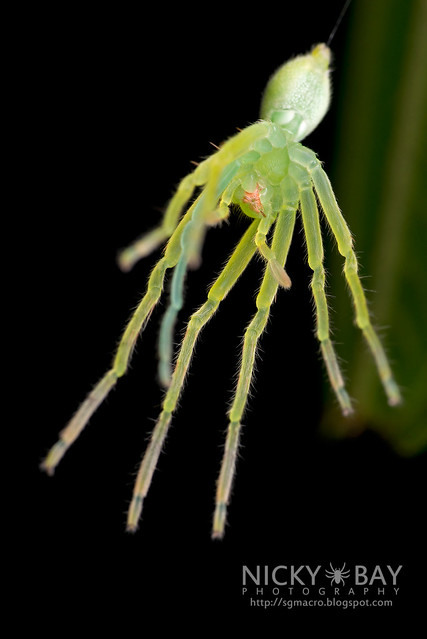

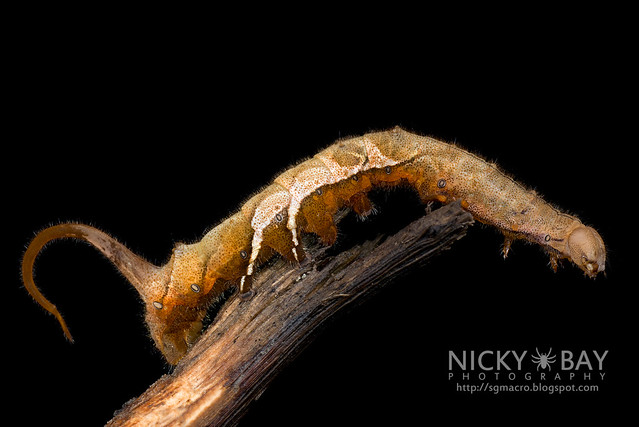



The complete album can be viewed here.
The back-lighting macro album can be viewed here.

